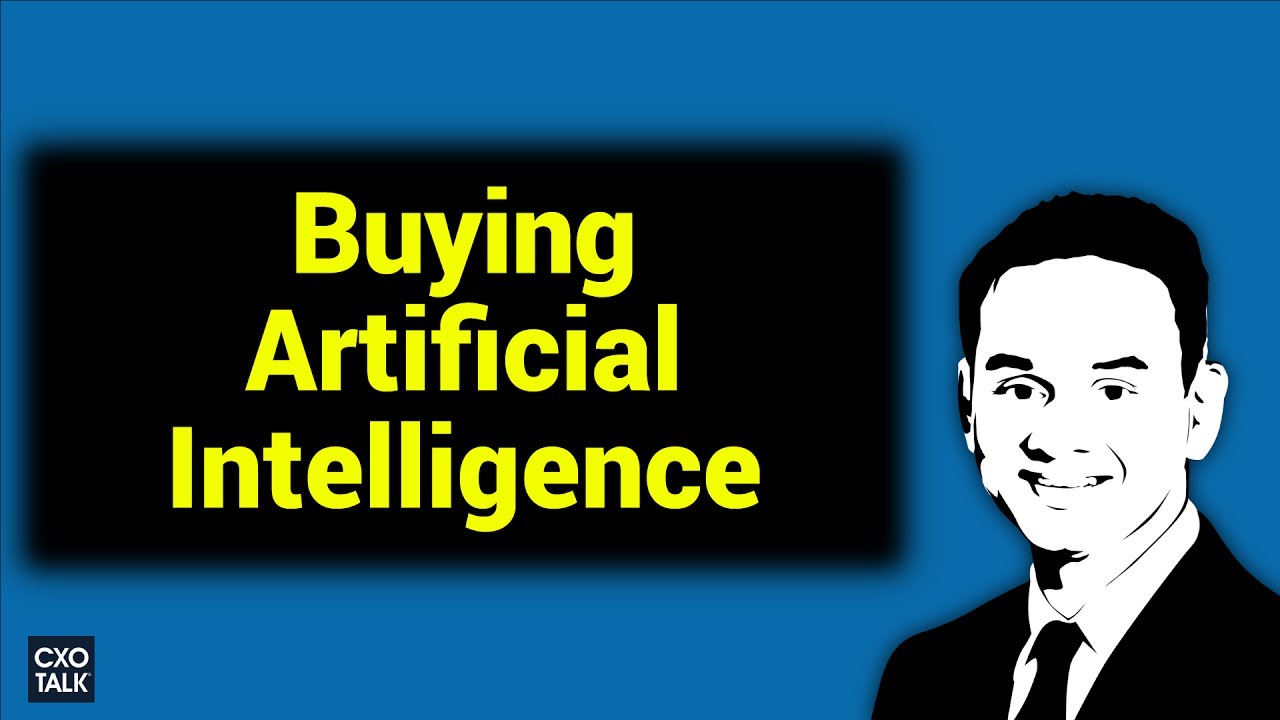CXOTALK
Artificial intelligence can make companies dramatically more efficient, but investing in the technology can come with risks and complications. Tiger Tyagarajan, CEO of Genpact, tells Michael Krigsman of CXOTalk about the best strategies for buying AI to improve your business.
For more see: https://www.cxotalk.com/episode/ai-invest-in-artificial-intelligence
Tyagarajan says companies interested in AI sometimes adopt disparate solutions that aren’t properly connected across the entire organization. Genpact has launched Genpact Gora, which integrates automation, analytics, and AI engines into a single platform to tackle operational business challenges from beginning to end. Genpact Cora is already helping a pharma company refine drug safety, and assisting a financial services institution in cutting costs 75% from dealing with regulatory compliance issues.
As CEO of Genpact, Tiger has overseen the company’s transformation from a division of GE in India into a leading global professional services firm with $2.46 billion revenue. Based in New York, Tiger frequently writes and speaks about artificial intelligence, global talent issues, continuous skill development, and the importance of building a strong corporate culture. He is also passionate about diversity and is a member of the WSJ CEO Council.
Genpact is a global leader in consulting for digitally-powered business process management and services. For two decades, first as a General Electric division and later as an independent company, has been servicing hundreds of strategic clients, including approximately one-fifth of the Fortune Global 500. Today, Genpact employs over 75,000 people in 25 countries, with key offices in New York City.
Michael Krigsman is an industry and host of CXOTalk.
From the transcript:
AI is just one of the many new digital technologies that are becoming more and more leverageable in the world we are in. That is changing the way work gets done. That is changing the way decisions get taken in the industry. So, every client wants to talk about it. We talk about it. We bring it in. But, the way to describe AI in that digital transformation journey is at the edge of that journey. It’s at the pinnacle of that journey. It’s at the edge where most value will potentially get created in the future in that journey. And also, to think about it, not just as AI, but a set of tools and technologies, one of them being AI, and probably the most valuable but really, most valuable when it’s strung together.
But, there’s then the second thing underneath that. When an enterprise thinks about leveraging AI, if they think about it on day one, as I want to leverage AI across my business, in its entirety, I think people run into one problem, which is it’s just too much of an ocean to boil. And, it’s too much of a problem to try and grapple with and solve. And, AI… That’s not necessarily the most effective, efficient way of bringing AI to bear onto a problem. Where we have found the most success in most client situations, is when a client says, “I want to bring AI in. I want to start leveraging AI,” my biggest problem that I want to attack and solve for, let’s say, is managing receivables in my enterprise. It’s managing working capital. And within that, I actually struggle often with the way we send our bills out, the way we actually then work with our clients to make sure they pay on time, and all the administrative aspects of doing all of that.
(06:16) And, I wish I could solve that because I really want to drive customer satisfaction much higher than it is today. I want to obviously bring my working capital down. I don’t want to use labor to do this because it’s too painful, and therefore I want to use a machine. And, I want to get better, and better, and cleverer at doing this. And by the way, in all of that, I want to win in the marketplace. So, it’s actually a lot about competitive advantage. It’s about outcomes, customer satisfaction, growth, and working capital in this example and more cash.
(06:44) And, when the AI gets brought in to bear on a specific problem, we see the best answers emerge. When AI is coming into the company and it attempts to solve the whole company and, “Let’s deal with AI in the company,” it’s a much, much different journey and often, people get disappointed.
(08:41) So, the question could be the board, and the CEO, and the CXO team saying, “We want to use AI in the company. Let’s just bring AI into the company.” Well, after some time, they realized actually the better way to approach it is artificial narrow intelligence, ANI, which is when we narrow down the problem to the most valuable one we can solve, and really attack it with AI. And, that’s often called “artificial narrow intelligence.” We find those to be highly successful.
Source



Speed of thinking….
Funny how you can never get a concrete answer from any of these AI folks…